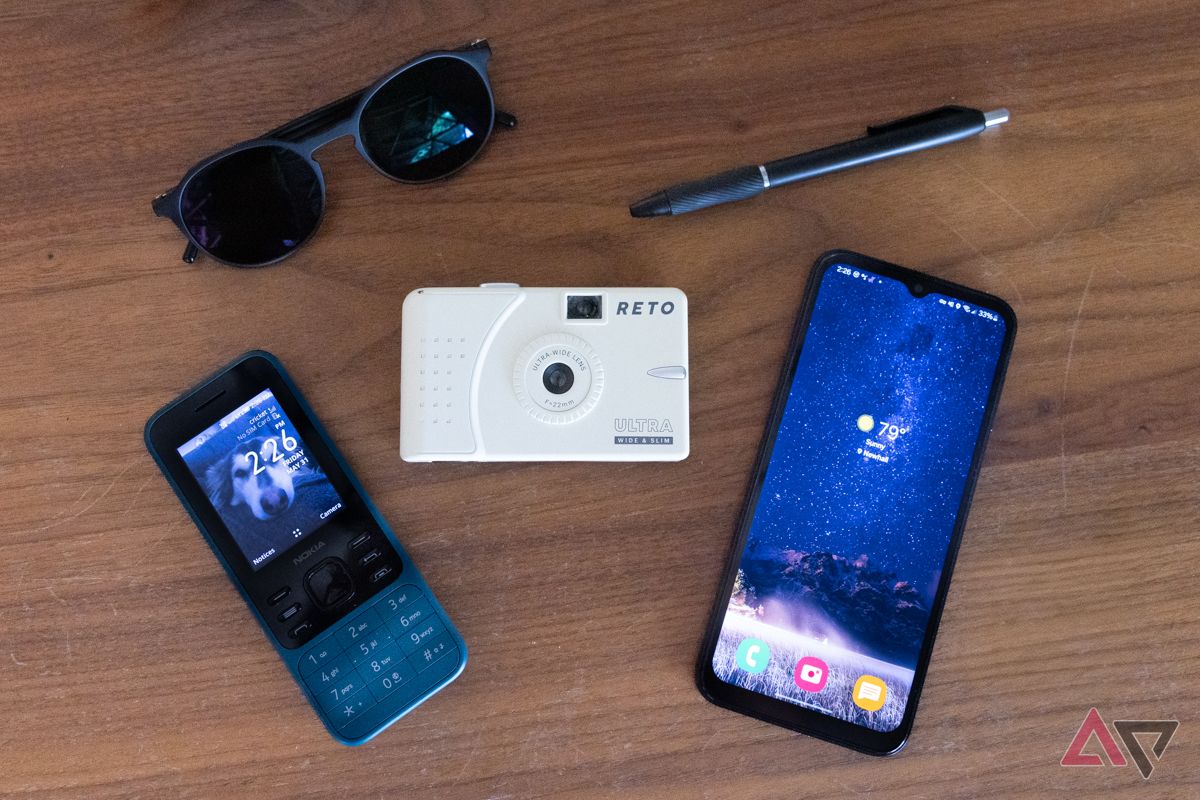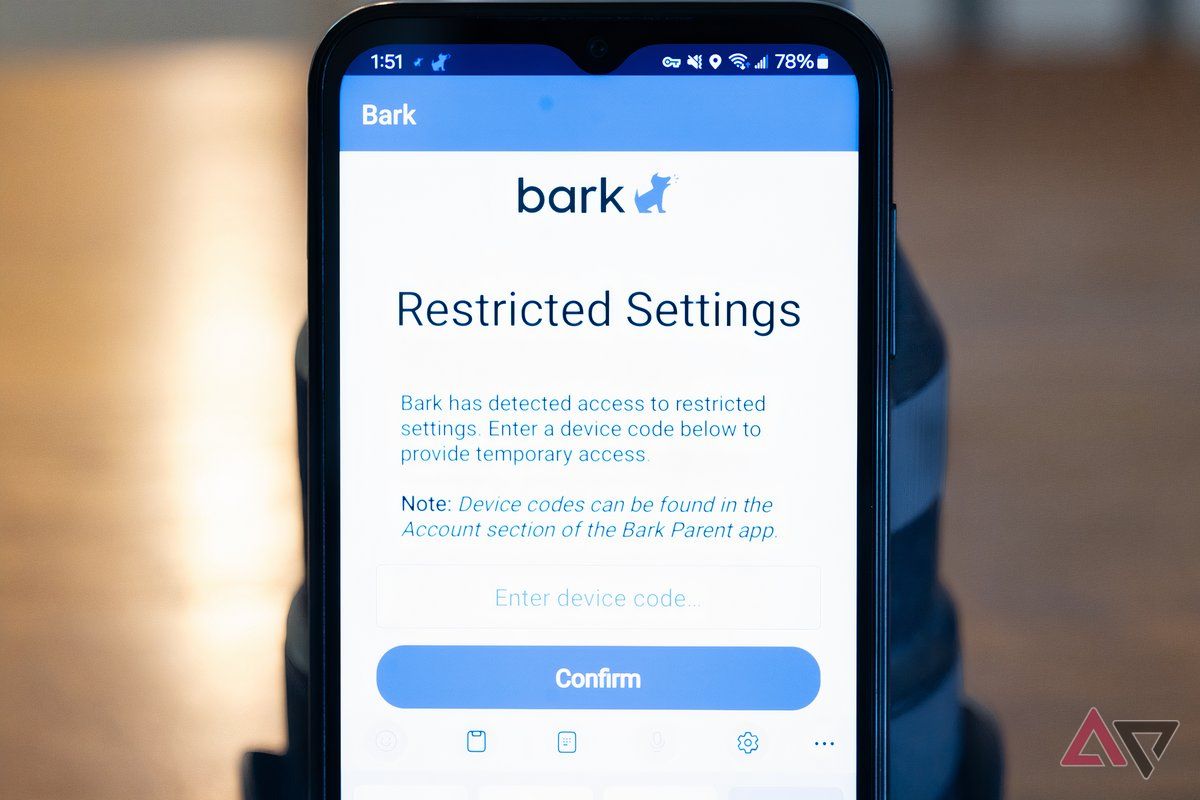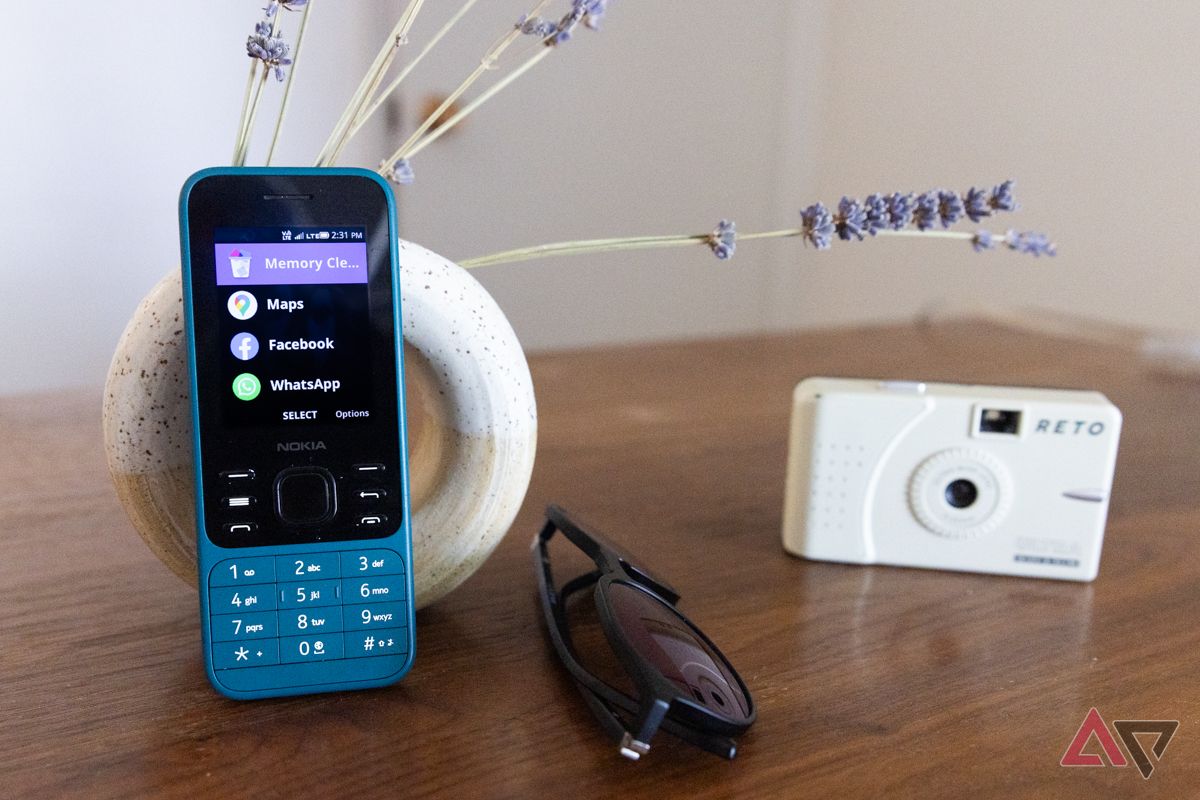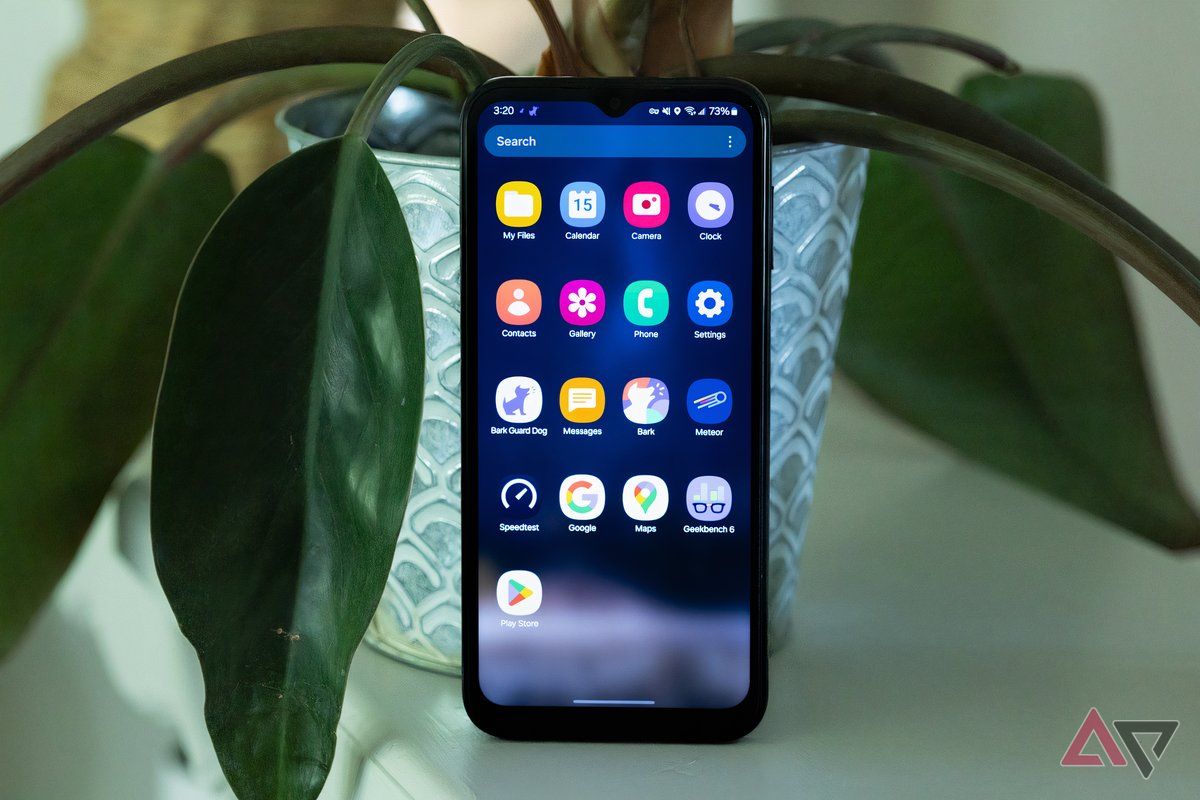Summary
- Devices should enhance kids’ lives, not control them.
- Consider the need for a phone for safety reasons.
- Choose the right technology for your family’s needs.
My wife and I decided early on that devices wouldn’t rule our kids’ lives but rather enhance them. The second screens started to have a negative impact, we’d limit or even eliminate them. Since we have a child on the verge of becoming a teenager, we also decided that a smartphone would not be in the cards for quite some time. Even then, we would be placing restrictions entirely on social media.
Now, I’m also a realist. I know how important devices are to growing kids, especially socially. Along those lines, I also know that not every parent shares my point of view. I’m not here to dissuade you from how you’re parenting — I’m here to share my experiences, especially since I’ve recently gotten my hands on a Bark Phone for an Android Police review.
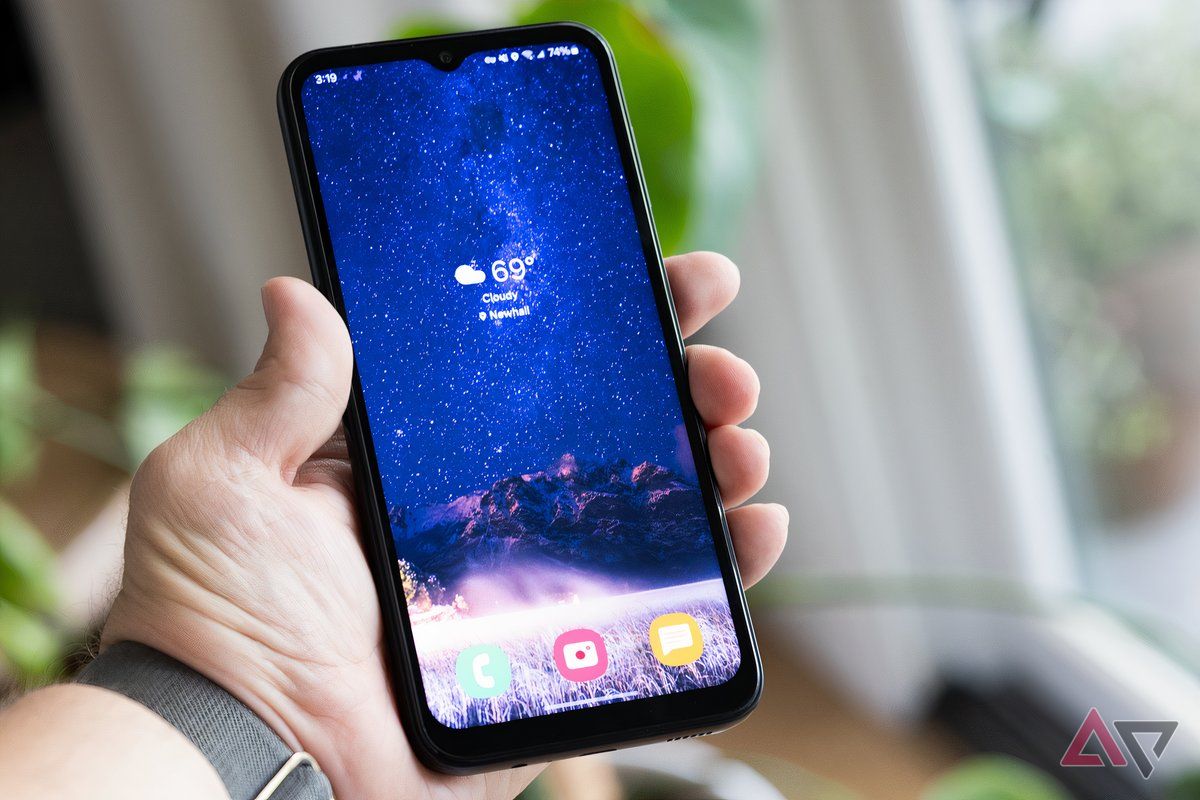
I reviewed the Bark Phone, a rebranded Samsung Galaxy built for kids and their worried parents
The Bark Phone takes a Samsung Galaxy A-series phone and puts a coat of armor on it
The Bark Phone is a great option if you strongly believe your kid needs a smart device. It’s also just one of many options in an increasingly crowded space, with rivals like Pinwheel and Gabb. But what exactly are you getting yourself into?
Why would a kid need a phone, anyway?
We did just fine without one, after all
It’s so easy for someone to respond to that question by saying “times have changed,” but that doesn’t stop it from being true. Being able to reach your kid as they gain independence is paramount, but it’s also essential the other way around. Your kid needs a way to contact you — or even the authorities — if the situation calls for it. When I was growing up, every house had a landline. If there was an issue, you could grab the phone and call someone for help. You can’t do that now. You’d have to ask to use someone’s phone, so what happens when the adult (or peer) you’d have to ask is the issue? Bark is trying to solve just that by giving kids a lifeline while trying to keep them safe from the other issues smartphone use brings when left unchecked.
This is why we chose to get our kids a bare-bones Nokia phone that they could take with them when needed, such as to sports or friends’ houses. Sitting in our kitchen, it also acts as a home phone. Yes, technically, the phone can connect to both Facebook and WhatsApp, but making kids T9 their way through logging in is a safeguard in and of itself.
Beyond those important safety-based reasons, we’ve decided that our kids don’t need smartphones until they’re driving. Which, we understand, can be a dangerous distraction too, but the perks start to outweigh the concerns. Past that, every other reason for a phone we’ve encountered is purely social. At their ages, being constantly connected to friends or social networks would certainly be detrimental and create hard-to-break habits that even we as adults struggle with from day to day.
AI and algorithms: The third parent
Robots have access to your kids’ deepest inner thoughts, but who has access to the robots?
There’s one part of the Bark Phone (and app) experience that I’m not fully on board with. During the setup of Bark, you can choose to have the app scan your kids’ personal messages to detect things like depression or bullying. It’s inherently creepy, even though I can see the arguments being made as to why it’s an option — such as having a kid that retreats inward instead of being able to fully express themselves or making sure they’re not receiving unsolicited material from strangers. It’s unnerving despite the accuracy of the feature in my testing, but the main concern (outside of receiving false positives) is one of privacy.
Bark performs these computations on its systems to determine whether to flag a message. It is not performed locally on your teen’s phone. So, someone could then theoretically access those messages, and that’s a bit too much of a security risk for me. Yes, Bark runs background checks on all of their employees, and they do go above and beyond in their due diligence to safety, but there’s still always the possibility that someone who shouldn’t see your kids’ most personal thoughts will.
As we trust AI and algorithms to perform increasingly complex tasks, we have to ask ourselves how much of our personal lives we’re willing to share. Will we outsource our kids’ private thoughts to an imperfect system hosted somewhere strangers can access?
These are all things we need to reflect on as new tools and technologies promise to solve hurdles for our families.
Other solutions
Hello, double-edged swords
I get it. What might work for us might not work for you. We’ve chosen a path that limits both the hardware and software access equally. Luckily, there are multiple promising options to help safeguard your kids while remaining in control of their digital lives and footprints. And while that’s ultimately a good thing, navigating these tools can be a knife’s edge.
For instance, Bark. At its core, it’s a software company that helps parents monitor their kids’ digital lives. Bark also sells a phone with its software already pre-installed, but you can also install its subscription-based app on your kids’ existing devices. It’s very good at what it promises, such as monitoring texts, blocking and allowing apps, tracking location, and more. The options presented during setup are so granular that there will be growing pains for both you and your child as you juggle devices back and forth (one with the main account and one with the Bark monitoring), but once it’s set up, the amount of control you have over what your kid consumes is downright staggering.
With great power comes great responsibility, however, and I mean that for parents specifically. It’s easy to get carried away with all the options, and it’s equally simple to lose sight of the fact that you need to be teaching your child responsibility as they grow. Finding the right amount of freedom for your kid is something you’ll need to decide on an ongoing basis. Find it quickly, too, because using one of these kid-and-teen-focused services when everything is fully restricted serves as a constant and sometimes relentless reminder that your kids are essentially in a digital prison and must ask permission to perform every little task. It’s easy to go overboard, so the simpler option could be just not getting them a smartphone.
Go old school
Speaking of not getting them a smartphone, have you considered not getting them a smartphone?
Keeping your kid safe while not exposing them to systems, apps, and platforms that are built to give feedback loops, instant gratification, and peer pressure, is the goal. So, I’m going to propose something radical here. What about a basic flip phone and a simple digital camera, an instant camera — or even cooler, something like a DJI Osmo Pocket 3, instead?

Best instant cameras in 2024
From Instax to Polaroid, find the instant camera that fits your style
This would remove the temptation of social media altogether, keep an emergency line open, and a camera to capture their lives and build healthy memories. Yes, there’s something to be said about the ease of having all your devices combined into one — especially as your teen starts driving (GPS, emergency calls, and a camera to document accidents rolled into one makes sense). But until then, why rush into something that, study after study, has been shown to negatively impact a developing mind?
No one size fits all
Talk with your kids
We can stand firm in our parenting styles and seek out like-minded parents who feel the same about technology and raising children, but our young ones will be exposed to all types of families as they explore the world. My kids are not your kids, and other kids aren’t ours.
We are a family that practices everything in moderation. Our kids have tablets, video game systems, VR, and access to TV shows that evolve as they do. We do our best to monitor it all and try to make sure they’re not on them at all times, but we’re human, too. That’s why services like Bark exist — they can help pick up the slack by helping parents impose time limits, give and pull access to apps, and even warn us when kids might be feeling depressed or bullied. Times are changing, and so are the tools parents have at their disposal. Luckily, with a solution like Bark, you’re also able to evolve your permissions as your kid grows. Bark can even be removed from the Bark Phone entirely when everyone’s ready.
At the end of the day, however, nothing will ever beat in-person parenting and simply talking to your kids as they navigate an increasingly complex digital and social world. Foster a relationship with your kids that’s based on open communication, and you’ll be surprised at how helpful it can be. If your child knows why they can’t have social media like some of their friends, it could go a long way, and they might even thank you for it one day.
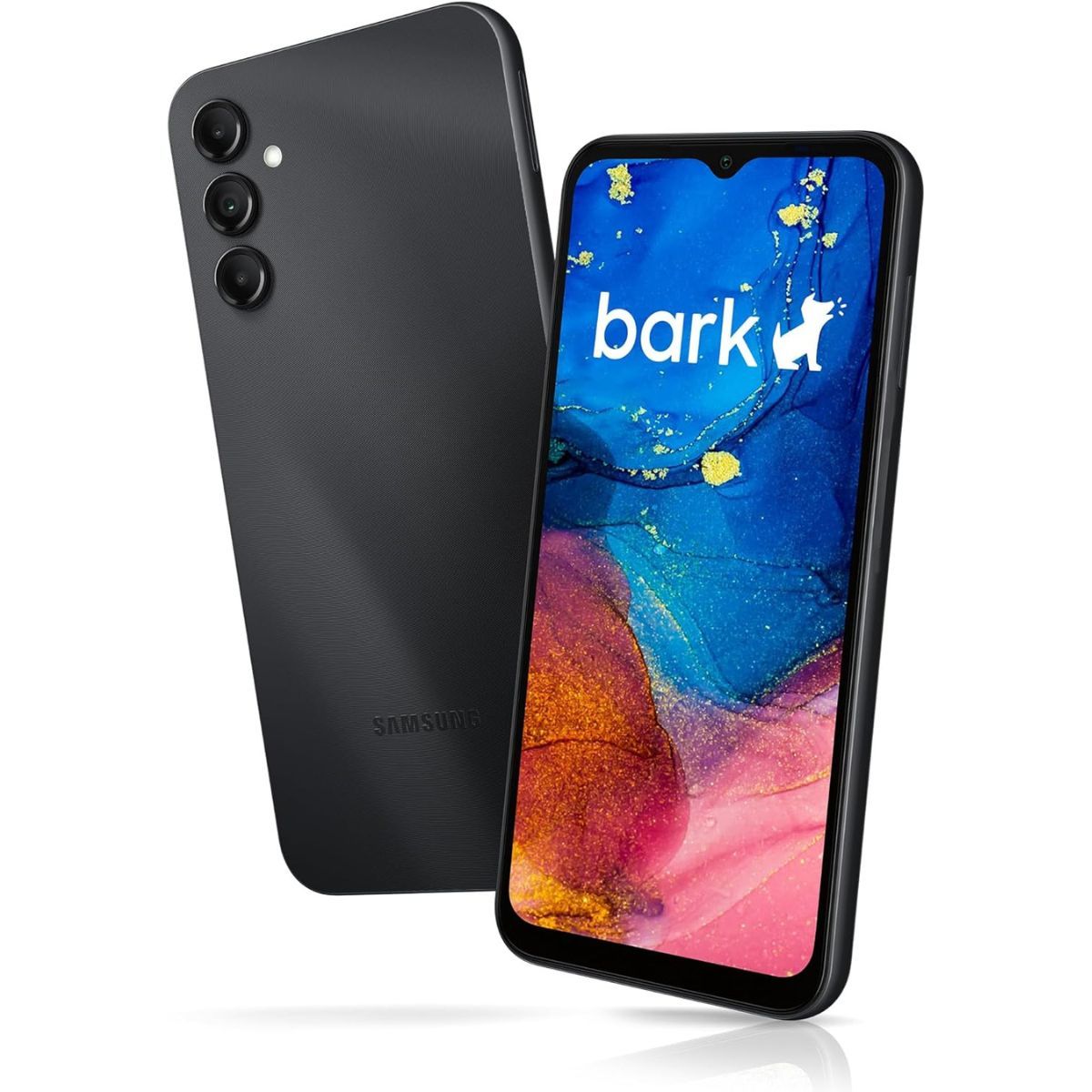
Bark Phone
The Bark Phone takes a Samsung A14 5G and promises to protect your kids’ and teens’ digital lives through customized software support — and it does just that. With safety options galore, decent cameras, and a fast enough processor, your young ones won’t have much to complain about unless you’ve restricted every inch of the phone’s options and capabilities.




